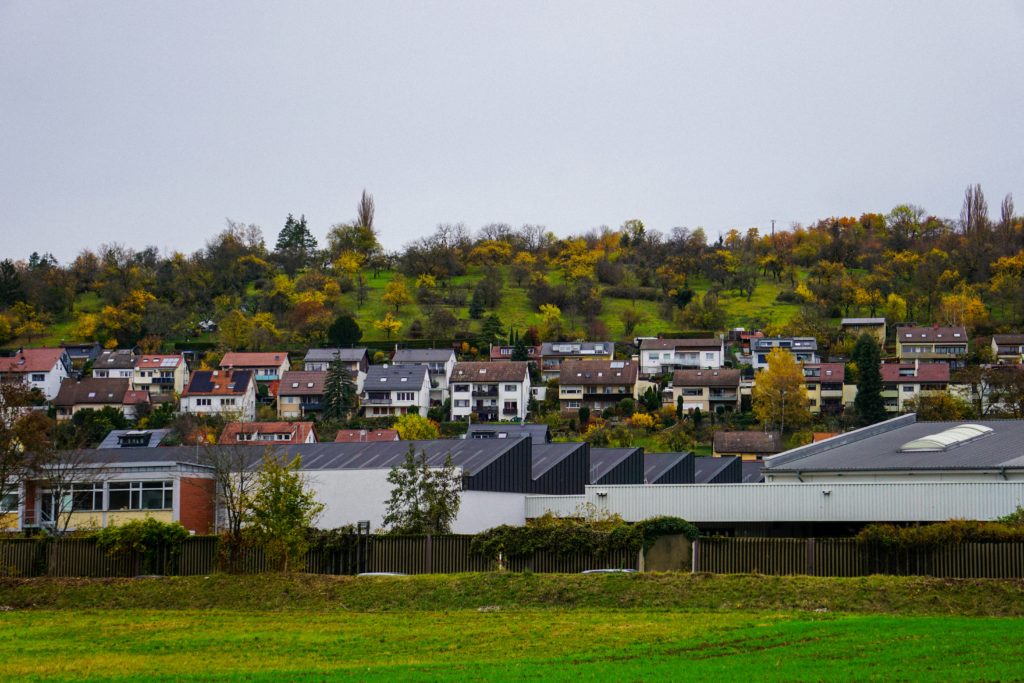The UK’s industrial and logistics sector is pressing the government to bring back strategic planning so that new warehouse space can keep abreast with economic growth.
The British Property Federation, BPF, has released a paper, Building the UK’s Critical Infrastructure, that calls on future governments to treat logistics space as a crucial part of national infrastructure.
SEGRO chief executive and BPF logistics property board chair David Sleath said: “After years of demand outstripping supply, we can unlock significant investment and drive growth across the UK by taking a more strategic approach to planning and ensuring rapid changes in the economy are feeding through into how we allocate land.”
The publication wants to see planning decisions on logistics made at a national or regional level rather than by local authorities alone. It has stressed local plans be based on real-time market data to accurately forecast future demand and determine how land is allocated.
The fact that local plans take an average of seven years to adopt is “too slow to keep pace with changes in the economy” such as the growth of e-commerce, according to the paper.
Newlands Developments planning director and BPF logistics property board member Benjamin Taylor said: “There has been a shortage of logistics space for at least a decade. The combination of rapid growth in the digital economy, limited land availability, and an outdated planning system have created a distorted market in which businesses cannot always access the space they need in the right locations. This in turn impacts jobs and the efficiency of supply chains, as well as increasing vehicular miles.”
According to Savills research availability of modern, well-located warehouse space is consistently below the eight per cent ‘equilibrium’ level where supply and demand are broadly in balance. This is despite £170bn being invested in logistics infrastructure since 2010.
The BPF is calling for a new cross-departmental freight planning forum to ensure warehousing needs are aligned with the delivery and upgrade of transport infrastructure.
“We need a change in mindset whereby logistics is prioritised in Whitehall and treated as critical infrastructure if we want the UK to be a higher-growth and lower-carbon economy,” added Mr Taylor.
Logistics buildings key for hitting net-zero target
The paper has highlighted that the logistics sector has a critical role to play in the transition to a greener economy and the UK meeting its net-zero 2050 target. It has estimated industrial and logistics buildings have 3.6bn sq ft of roof space for solar panels. This could potentially generate 15 gigawatts of power, five times the amount projected for the Hinkley Point nuclear power station, which would meet about a quarter of the UK’s energy requirements.
Mr Sleath said: “Our analysis shows that warehouse buildings could hold the key to meeting the UK’s renewable energy requirements if the national grid is upgraded and government carefully plans how to incentivise investment into solar power infrastructure and drive innovation in energy storage.”
The BPF has called for faster grid connectivity so that power generated can be more easily exported and for ‘feed-in’ tariffs to incentivise property owners to invest in solar power infrastructure. It would also like to see grant funding for innovation in battery and other local energy storage solutions for logistics parks.
Building the UK’s Critical Infrastructure has calculated that logistics contributes £232bn per year in gross value added and 2.7m direct jobs.
Brokers Hank Zarihs Associates said commercial development finance lenders were keen to fund the building of new industrial and warehouse space but wanted the planning process to be faster.












